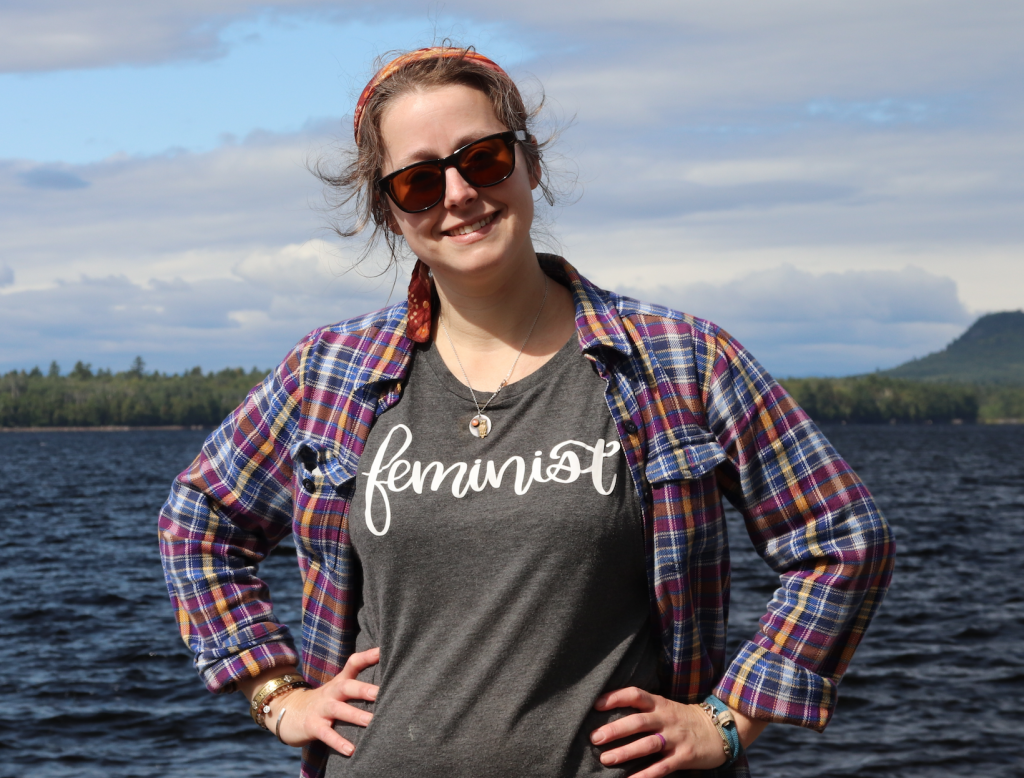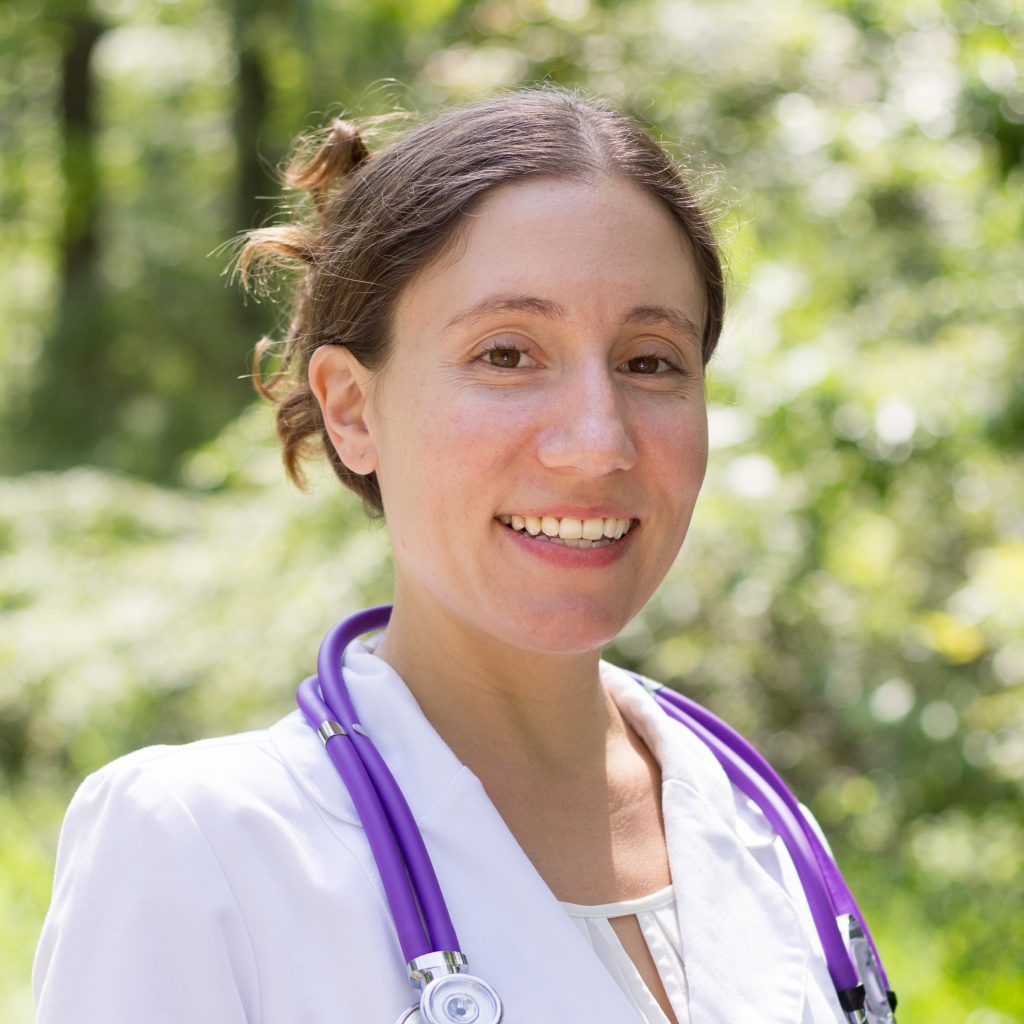Reduce, Reuse, Recycle: Three perspectives
In 1970, Federal legislation and alliterative marketing brought us the triangle of the three R’s: Reduce, Reuse, Recycle. For most in the generations X and Y, now M and i, this familiar SchoolHouse Rock-esque mantra comes immediately to mind when we are met with the question: what are you doing for the earth?
Those three words have become a source of passing comfort for most, like a grandma’s hug, reminding us of a few roles we each can play in the Earth Day production. Yet, for us – three women seeking to live our ideals and values – the R’s are central to the hopeful perspectives we carry today. We were fed their curriculum through our childhood, fueled by their story and the environmental movement’s passion and outrage in our college years, and now live in the wild world web of this climate moment. Yet, to us, the ideals behind the spectrum of Zero Waste demand a renewed utilization and prioritization of this simple refrain.
Believing that “those who tell and live the best stories will rule the future” and in celebration of Earth Day’s golden anniversary, we seek to share three hopeful perspectives on where the triangle of R’s stand in the spotlight of 2020 and how the values inherent in these three simple words can continue to fuel our green age, iteration by iteration. Let’s start with a few perspectives from the here and now:
REDUCE – Ali’s perspective
When Miranda, Emily & I were young, idealistic environmentalists in New York City, my small wardrobe wasn’t fueled by an Instagram aesthetic or Pinterest capsule wardrobe. In those days, I only bought clothing that matched my values (and privilege). The semi-annual sale at Patagonia in Soho was where I did the bulk of my shopping. I would chaperone campers back to their homes in the city from summer camp in the Adirondacks and race downtown to hit up the sale before returning upstate to the summer camp.
Then athleisure happened. I got busy and moved to the burbs with its box-store clearance racks stuffed with the bargains that slowly snuck into my values closet. Suddenly the two beloved pairs of yoga pants were buried under ten bright, new ones. Sure, these stretched and pilled after three washes on the gentlest cycle but I knew that a replacement pair was already waiting on the rack.
Soon, that feeling of being hugged by a beloved friend every time I got dressed in quality items was replaced by the thrill of buying something new – Owning the trendy new color, snagging 70% off, the list goes on and on. Instead of being able to look at a pair of yoga pants and be reminded of an entire summer – the weather, the people, the food – pants became just pants. Putting them on garnered no more emotion than the laundry detergent that I bought on the same trip.
I had a baby, moved from the Midwest back to the East Coast and settled in a house that is tiny because it is old. Each of those things is enough to spur a wardrobe overhaul – Having all three happen in a year meant that my wardrobe was reduced by 90%. Unsurprisingly, the things that remained were many of those decade-old, well-loved Patagonia pieces.
Because Patagonia doesn’t just pay lip service to their Ironclad Guarantee and their promise to help you wear their clothes for a lifetime, the items that no longer worked for me earned me a generous store credit to buy some clothes that would work in my life now, tending my bees and chasing down a toddler. He has reminded me that reducing what you buy becomes easy when you love what you have.
REUSE – Emily’s Perspective
During my undergraduate years in New York City with Miranda and Ali, babysitting was one of several part-time jobs I maintained to make ends meet. One morning in a Manhattan playground the little girl I was caring for handed me a disposable coffee cup she’d found in the sand, as a nearby trash can was overflowing with paper cups. At that moment I wondered what the world would be like if everyone had one cup they reused throughout their lives.
After college I experienced firsthand the reuse of cups – and everything else. Studying medicine at the Latin American School of Medicine in Havana, Cuba, my classmates and I were given a full scholarship by the Cuban government. Included in our scholarship was a single green cup which we reused daily throughout medical school. I was thrilled to see my ‘one cup’ idea in action.
Now as a physician on the front lines of the COVID-19 pandemic in Massachusetts, my teammates and I are reusing PPE we would have thrown out after a single use mere months ago. While preventing unnecessary waste and utilizing resources sustainably is what I had hoped for years ago in that Manhattan playground, as I carefully place my N95 mask in a paper bag to reuse it the next time I care for a COVID-positive patient today, I imagine what the world will look like after we defeat coronavirus. My hopeful perspective lies in the safe reuse of what had previously been dismissively discarded, ensuring precious resources remain plentiful for all.
RECYCLE – Miranda’s Perspective
As I see it, the difference between reuse and recycling is single-use consumption and the accepted myth of single-use strikes me as a strange pill to swallow, one that I don’t think most people would even try if given a blank slate. Recycling has become the numbing liquid we need in order to get single-use down on a good conscience. Even now that we know how little of our recycling actually gets recycled, it doesn’t stop recycling from being people’s go-to image when their thoughts drift to Earth Day. It is where my mind drifted, for different reasons, on a Virtual Happy Hour Zoom call a few weeks ago.
One box in the gallery view was an artist’s table in Ohio, with our friend, Daniel Armstrong, sorting plastic caps. When I asked him what he was doing he replied, “Recycling.” Almond milk caps (Polypropylene #5) in one pile, Maple Syrup caps (High-density polyethylene, #2) in the other. The group tried to continue the conversation of life in Covid times but I was distracted. “What are you recycling for?” I asked. While continuing to sort, he said he was sorting to melt them down and create earrings for a local art dealer. He made some good points: “From a financial standpoint spending money on materials seems maddening – how much of your talent is going to create an end product just to be able to afford to buy new, raw materials.” I called him later and he told me about the Precious Plastics recycling movement, creating everything from high-end jewelry in Columbus to furniture for developing countries.
I got sidetracked researching this a day later and fell into the google stories detailing how fast and far Precious Plastics has spread. A video story of a small South Pacific island that started a recycling program using this model brought a tear to my eye. Ten years ago I served as a Peace Corps Volunteer on that island, teaching English and the Environmental Education curriculum I learned with Ali and Emily ten years prior. While recycling alone will never get to the source of the single-use problem, I can’t help but hope that one of those kids, now a young adult, is picking plastic up from the beach and dreaming up a new recycled product that gets us a step closer.
—-
A growing consensus of activists are calling for the triangle we associate with the 3 R’s of a Zero Waste future to be re-imagined as a line: Recycling at the far right of the spectrum, back left comes Reduce and then Reuse. But detailing how we dare to design the next decade demands inclusion of everyone and the full spectrum of tools we have at hand – and some hopeful perspectives of how that change is happening now.
20 million came out on that April day fifty years ago. Their demands are eerily similar to calls heard today: Clean Air, Pure Water, Healthy Land and the federal policy necessary to mandate this change equitably. The three timeless ideals of the early environmental movement can be used as the guiding spectrum from which we move towards the Zero Waste and highly ambitious path forwards.

Ali Beatty can be found on Instagram when not with her toddler at Free Forest School

Emily Brown can be found on LinkedIn when not at UMass Medical.


